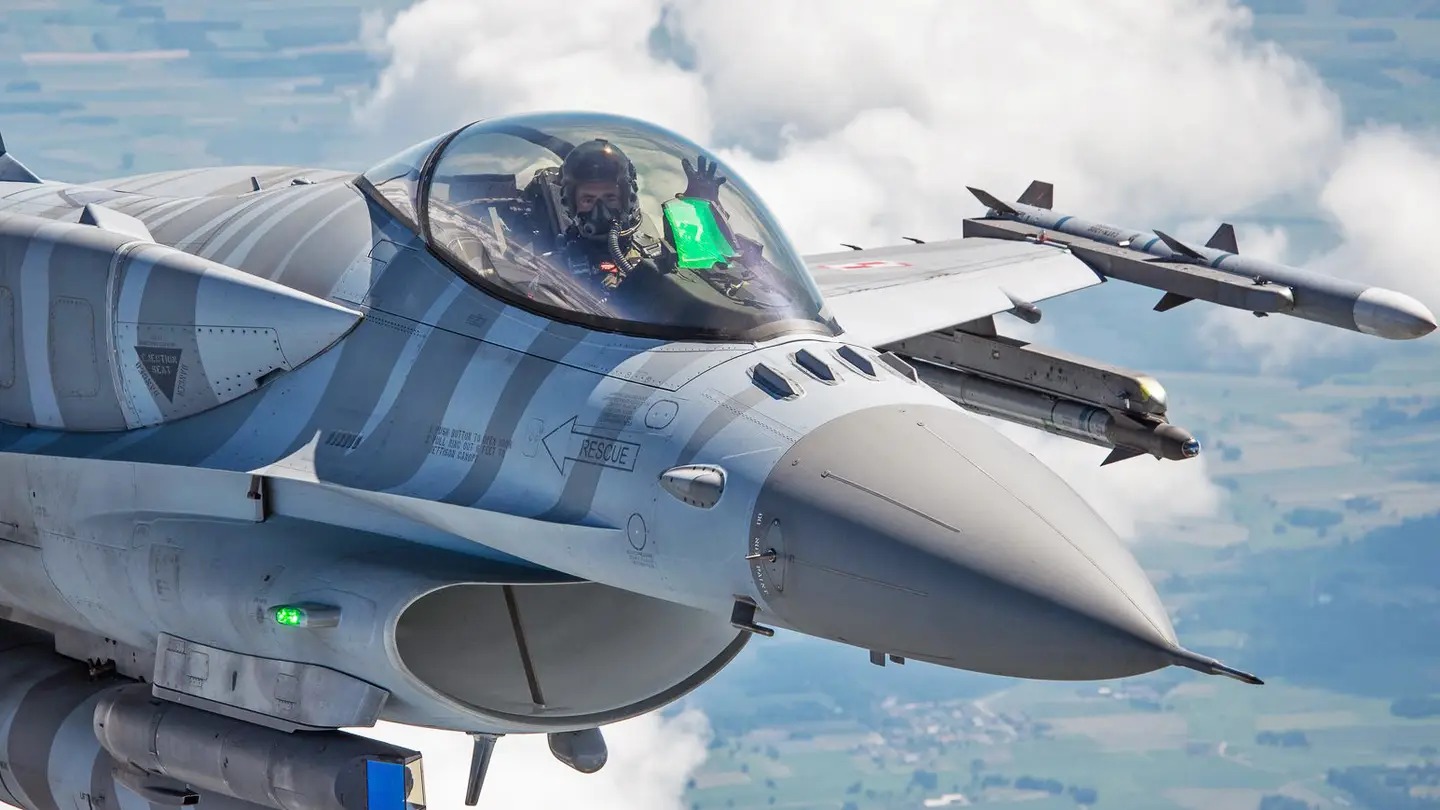President Ferdinand Marcos Jr. has given the green light for the Philippines to acquire new multirole fighter jets, marking a key step forward in the country’s military modernization efforts. This move comes in response to the growing tensions in the South China Sea, where the Philippines faces threats from China.
The announcement was made on July 4 by AFP Chief of Staff Gen. Romeo Brawner Jr. during a briefing with the Defense Press Corps following the 1st semester AFP Command Conference at Camp Aguinaldo.
President Marcos himself attended the conference, underscoring the administration’s commitment to strengthening national defense.
General Brawner highlighted the inadequacies of the current fleet of South Korean-made FA-50 aircraft, stating that they are “still not enough to protect” the country. He indicated that the Philippines is considering acquiring more advanced and capable warplanes.
“There is still no final decision on what MRFs we are going to buy, but definitely, the president has already approved the intention to buy MRFs,” Brawner said, referring to multirole fighters.
The United States and Sweden are both vying for the contract, with the US promoting its F-16 fighter jets and Sweden offering its JAS 39 Gripen jets.
This upgrade is seen as essential for enhancing the Philippines’ ability to project power beyond its territorial waters in the strategically important and resource-rich South China Sea.
The push to bolster the Philippine Air Force’s (PAF) capabilities comes in the wake of Beijing’s aggressive actions in the West Philippine Sea, where China’s extensive territorial claims overlap with Manila’s exclusive economic zone.
Military experts have consistently pointed out that the PAF is arguably the weakest branch of the Philippine military, necessitating at least a dozen squadrons of multirole jets to effectively safeguard the archipelago’s airspace.
To demonstrate its current capabilities, the PAF conducted a simulation exercise on July 1 involving the retaking of an enemy-occupied military base.
This exercise, which utilized all of the PAF’s main air assets, was held at the upgraded airstrip at Basa Air Base. The United States funded the upgrades under the Enhanced Defense Cooperation Agreement.
Saab Gripen Vs F-16 Fighter Jet
The Philippines faces a choice between the F-16 Viper and the Saab Gripen E for its new multirole fighter jets. Both the Saab Gripen E and the F-16 Block 70/72 are highly regarded 4.5th-generation fighters that can utilize a wide array of NATO-standard air-delivered weapons.
Sweden has long offered to supply the PAF with its Swedish-made Saab JAS-39 Gripen jets, and it has made significant efforts to secure this contract.
In May, the Philippines and Sweden signed a key agreement to support Manila’s planned acquisition of these multirole fighters. The agreement provides a governmental framework for purchasing Swedish defense equipment.
Last year, PAF chief Lt. Gen. Stephen Parreño led a delegation to Sweden to engage with the Swedish Air Force and tour the Saab facility, inspecting the JAS-39 and the Saab 340 airborne early warning and control aircraft.
Despite this, the F-16 Viper has a legendary reputation for reliability and performance, having been extensively used for decades. Its widespread use means a readily available network for spare parts and maintenance support.

The F-16 excels in maneuverability, particularly at medium and high speeds, due to its exceptional sustained turn rate. However, it also requires more demanding maintenance compared to the Gripen E, with more frequent and complex inspections.
The Gripen E features a powerful AESA radar and an advanced electronic warfare suite, enhancing situational awareness and jamming capabilities. It is known for lower operating costs due to easier and cheaper maintenance requirements.
However, its smaller user base can pose challenges in finding spare parts and support outside a limited number of countries. Since its introduction in the mid-1990s, the single-engine Gripen has had limited exports to the Czech Republic, Hungary, South Africa, Thailand, and Brazil.
In conclusion, both the F-16 Viper and Gripen E are outstanding choices, each offering unique strengths. The optimal choice for the Philippine Air Force will ultimately depend on its specific operational needs and strategic priorities, particularly in the context of countering China’s increasing assertiveness in the region.
- Contact the author at ashishmichel(at)gmail.com
- Follow EurAsian Times on Google News




